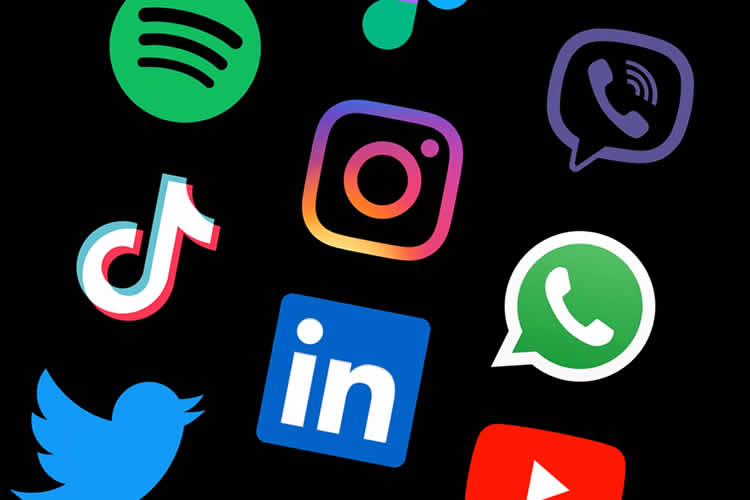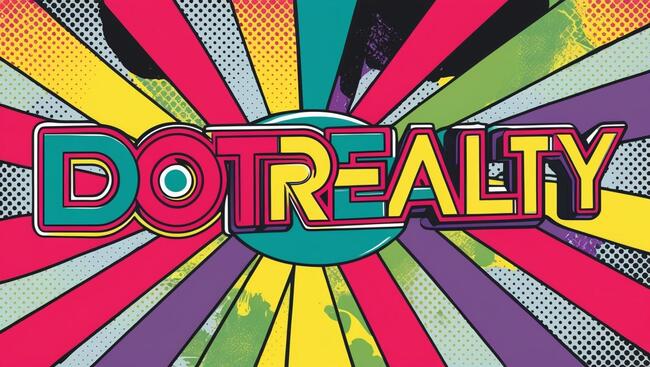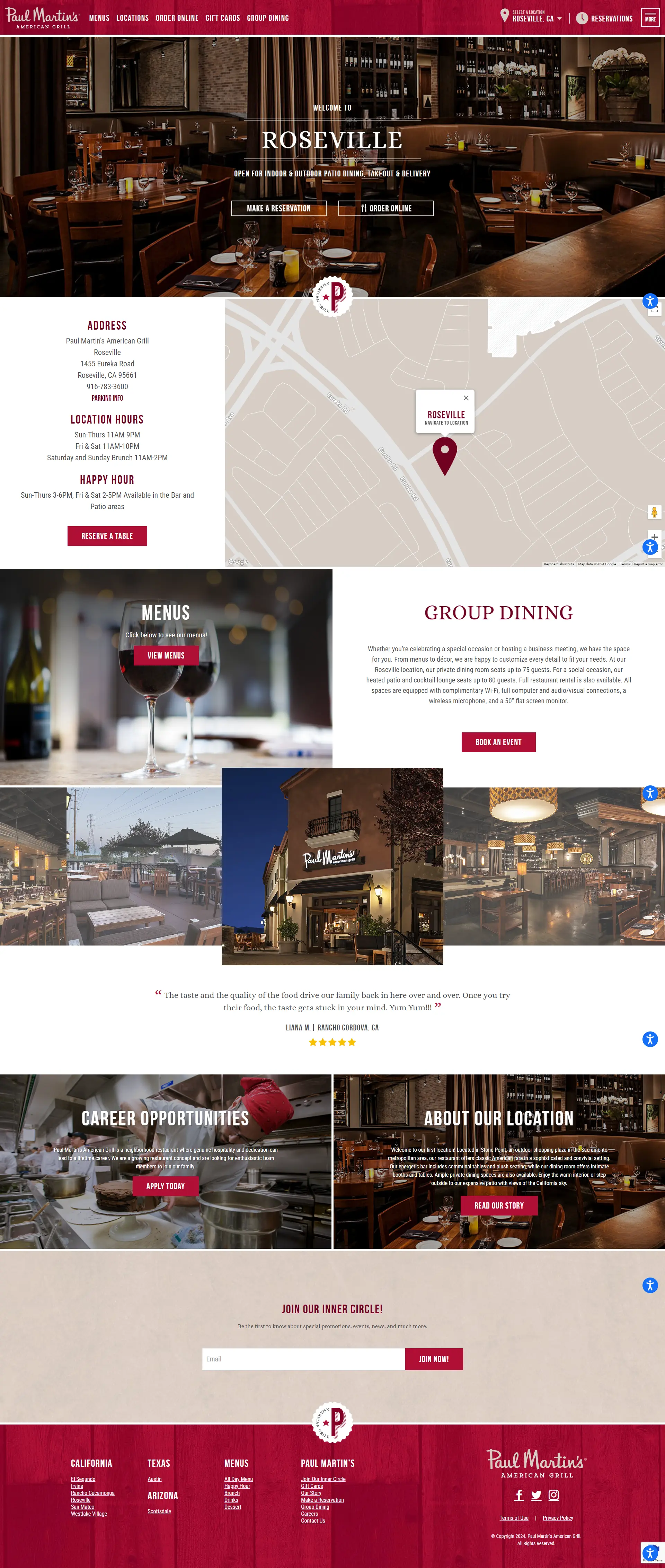Having a strong social media presence is crucial for businesses across all industries. However, with a plethora of platforms available, it’s important to choose the right one to maximize your content’s impact and engagement. This blog post will explore the best social media platforms for different types of content and industries, using real-world examples to illustrate where businesses can best connect with their audiences.
Instagram: Visual Storytelling at Its Best
Ideal for: Fashion, Travel, Food, Beauty, Art, and Lifestyle industries.
Why it works: Instagram’s visually driven platform is perfect for industries that can showcase their products through images and videos. The ability to post stories, reels, and traditional posts offers versatility in content presentation.
Real-world example: Fashion brands like Zara excel on Instagram by showcasing their latest collections through high-quality images and engaging stories. They create visually appealing content that highlights their products in a ‘natural’ setting, which encourages followers to imagine how they might look in their own lives.
TikTok: The Hub of Viral Content
Ideal for: Entertainment, Music, Fashion, Fitness, and Culinary arts.
Why it works: TikTok’s format favors short, catchy videos that are easy to consume and share. This makes it a goldmine for content that can quickly go viral, especially with the younger demographic.
Real-world example: Chipotle’s #GuacDance challenge became a viral sensation, encouraging users to show off their dance moves in celebration of National Avocado Day. This not only promoted their guacamole but also engaged users in a fun, memorable way.
Twitter: For the Timely and Topical
Ideal for: News outlets, Tech companies, Sports, and Entertainment.
Why it works: Twitter’s real-time nature makes it ideal for sharing news, updates, and opinions. The platform’s hashtag system helps in spreading and categorizing content effectively.
Real-world example: Tech companies like Tesla regularly use Twitter to make major announcements or updates. Elon Musk’s tweets about new models or features often create buzz and drive significant media coverage.
Facebook: The All-Rounder
Ideal for: Small businesses, Local shops, News organizations, and Community-based businesses.
Why it works: Facebook’s diverse demographic reach and powerful advertising tools make it a great platform for reaching a broad audience. Features like Groups, Events, and Marketplace are especially useful for community engagement and local business promotions.
Real-world example: Local restaurants often post daily specials or events on their Facebook pages, which can be shared easily within the community. This helps in driving foot traffic and fostering a local customer base.
LinkedIn: Professional Networking Redefined
Ideal for: B2B businesses, Corporate sectors, Educational institutions, and Job seekers.
Why it works: LinkedIn is tailored for professional content and networking. Sharing industry news, professional accomplishments, and career-related content can establish credibility and authority in your field.
Real-world example: Microsoft shares insights, company news, and industry trends that position them as thought leaders in the tech industry. This not only attracts professionals to their network but also enhances their brand credibility.
YouTube: The Video Encyclopedia
Ideal for: Educational content creators, Entertainment channels, Tech reviewers, and DIY tutorials.
Why it works: YouTube’s strength lies in its capability to host long-form video content. This allows for detailed tutorials, reviews, and educational content, which can benefit from a more in-depth approach.
Real-world example: Educational channels like Khan Academy utilize YouTube to provide free educational tutorials that cater to students worldwide, making complex subjects accessible and understandable.
Pinterest: Your Catalogue of Ideas
Ideal for: DIY projects, Wedding planning, Home decor, and Fashion styling.
Why it works: Pinterest acts like a virtual scrapbook where users can pin and categorize images that inspire them. It’s great for industries where visual planning and inspiration are key.
Real-world example: Home decor brands like West Elm post images of beautifully decorated spaces that users can pin to their ‘dream home’ boards. This not only inspires users but also drives traffic to their product pages.
Conclusion
Choosing the right social media platform depends heavily on your industry, the nature of your content, and where your audience spends their time. By leveraging the unique features of each platform and aligning them with your marketing goals, you can create a strong, engaging social media presence that resonates with your target demographic.















